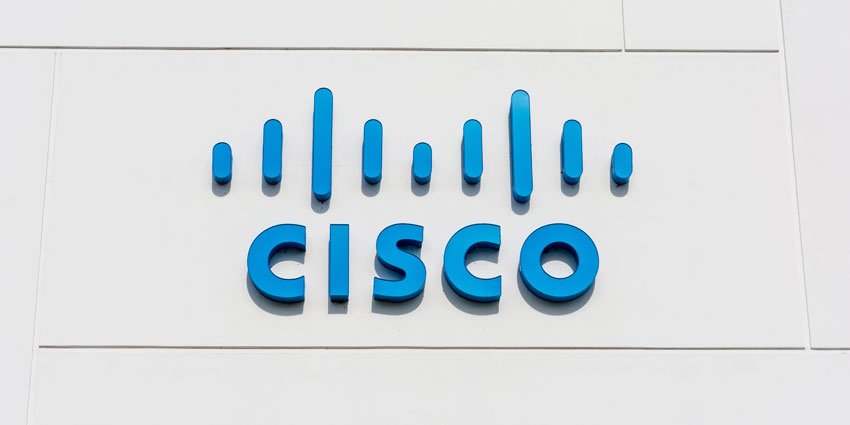The case for CCaaS seems compelling. Fast updates, speedy integrations, and next-level scalability are just some of the significant benefits.
Nevertheless, cloud hesitancy swarms the space. Indeed, during an earnings call in February 2022, NICE CEO Barak Eilam estimated that “85 percent of the market is still on-prem.”
Such an assessment is surprising, as contact center vendors focus much of their innovation efforts in the cloud.
Yet, dip deeper, and there is often good reason for cloud hesitancy.
Why Does On-Premise Still Rule the Roost?
Over the years, enterprises have invested millions of dollars into their on-premise deployments. Painstaking time and effort contributed to choosing the right contact center platform.
Moreover, they have spent eye-watering sums of money on licenses while funding additional implementation, customization, and integration initiatives.
It is daunting to rip all that out, throw it away, and move to something in the cloud. Many will also question the financial viability of such an approach.
Another reason is that – despite the development of cloud platforms – several larger enterprises still see gaps in the standard features and functionality of CCaaS solutions compared to their heavily customized on-premise offerings.
Peter Broeckx, Regional Sales Director of Contact Centers at AudioCodes, notes this while stating:
“The Genesys CCaaS platform (a Gartner Magic Quadrant Leader) is great when it comes to inbound, yet some companies on their PureConnect or Engage platforms are hesitant to move Genesys Cloud if they rely on key outbound features and functionalities.”
Adding a caveat, Broeckx suggests that these CCaaS platforms are catching up fast, with a regular cadence for releasing new features and enhancements. Unfortunately, many are not quite there yet. As such, they are waiting for the last gaps to be filled before migration begins.
In addition, regulatory considerations often throw a spanner in the works of migration projects. For instance, many countries prohibit companies from storing various sources of customer data – including call recordings – in the cloud.
Moreover, some businesses – particularly in Europe – are hesitant to store customer data in a U.S. cloud – such as AWS, Azure, and Google Cloud. They know if the U.S. state says: “We want that data,” they’ll have to hand it over, no matter what. Such a status quo will make many finance, healthcare, and insurance companies uneasy.
Finally, an inability to free up flexibility and budget also encourages cloud hesitancy, especially in today’s economy, where many businesses view contact centers as an OpEx cost.
Vendors Are Attempting to Force Change
Many of the most prominent vendors across the contact center space – including Genesys, Cisco, and Avaya – boast a comprehensive set of offerings, both on-premise and in the cloud.
In all cases, they are investing more in the cloud, ramping up CCaaS migration efforts, which risks leaving their legacy solutions in the cold.
Genesys is a prime example of this, recently announcing that it would focus its financial and R&D resources on a single cloud platform, largely to keep up with the likes of NICE, Talkdesk, and Five9.
Of course, this is understandable as a strategy. Nonetheless, with other vendors taking a similar stance, it creates a challenge for on-premise contact center customers. As Broeckx explains:
“Legacy contact center developments have come to a standstill. Most vendors are not bringing much at all in the way of innovation to their on-premise platforms.”
“So, the question for their on-premise customers is: how can they add innovation to their customer service experience?”
How to Modernize a Legacy Contact Center
Legacy contact center operations are often strapped for cash. After all, many enterprises spend 70-80 percent of their available resources keeping on-premise deployments running. So, there is little in the way of time and money available to innovate.
With this restriction, adding innovation over the top is the best approach, enabling the contact center to keep pushing its service experience forward.
For example, WebRTC-based innovation has opened up many exciting avenues for legacy operations. The technology provides click-to-call and click-to-chat links, enabling smooth channel shifts.
Meanwhile, the context follows them, so agents can view their journey and offer personalized support. This also frees up data, which may pass into the CRM system or another database, supporting further CX modernization.
In addition, businesses pave the way for an omnichannel experience, and – if the customer escalates to voice – they automatically join the correct call queue. As such, the customer evades the cumbersome IVR, and businesses can hit KPIs in both customer satisfaction and handling times.
Sharing another example, Broeckx states:
“WebRTC enables remote working. Through an SDK integrated into the agent application or via a softphone, it allows agents to work from anywhere without having to install anything on a laptop or PC. As a result, it allows agents lots of flexibility in how and where they work.”
Moreover, it prevents IT teams from having to install, maintain, and upgrade SIP softphones, alongside other necessary PC applications.
Finally, AudioCodes supports on-premise operations in applying chat automation. Its team sends calls to a bot framework of the contact center’s choosing. Meanwhile, it combines the bot framework with different cognitive speech services, taking the best elements of each.
As such, it acts as an orchestration engine between the contact center, bot framework, and cognitive speech services, allowing best-of-breed voicebots for on-premise contact centers.
Further AI implementations – including agent-assist – are also possible, allowing legacy contact centers to support their teams in new ways on their trusty platforms.
A Helping Hand to the Cloud
The cloud is the future, even if that future still seems distant for enterprises that have invested in large on-premise contact centers to handle their customer conversations.
However, the lack of hybrid cloud options perhaps inhibits the incremental cloud migration approach that many enterprises would prefer.
Fortunately, AudioCodes provides the orchestration services and expertise to that enable a phased cloud contact center migration, allowing businesses to keep many of their services on-premise while adding critical innovations to improve both agent and customer experiences.
To discover more about this possibility – alongside AudioCodes’ “innovation over the top” methodology – visit AudioCodes.







